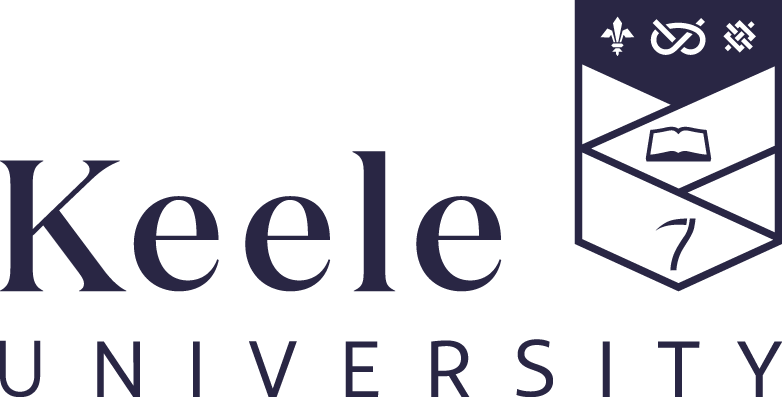
CSC-40039 - Module Specification School of Computing and Mathematics Faculty of Natural Sciences
For academic year: 2023/24 Last Updated: 13 February 2024
CSC-40039 - Cloud Computing
Coordinator: Rohit Raj Pandey
School Office: 01782 733075
Programme/Approved Electives for 2023/24
Available as a Free Standing Elective
Co-requisites
None
Prerequisites
None
Barred Combinations
None
Description for 2023/24
In recent years many organisations have migrated applications to cloud computing providers. This module explores the underlying technologies, the practical and ethical issues involved, and provides students with the ability to plan design and implement cloud-based solutions to common business problems. Reliability and performance concerns are addressed, together with the crucial issues¿ relating to the security and privacy of data stored and managed remotely.Cloud computing is dominated by global software companies that make claims relating both to the efficacy of their products and compliance with global objectives in environmental impacts. Students will be able to analyse and objectively assess such claims in coming to reasoned and reflective judgements relating to the appropriateness of cloud-based solutions to a range of problem scenarios.
To provide a practical and theoretical understanding of virtualisation technologies and their realisation in Cloud Computing implementations.
Intended Learning Outcomes
critically evaluate the appropriateness of virtualised solutions to common computing application requirements: 1implement virtualised solutions using cloud architectures and technologies: 1critically assess the advantages and disadvantages of cloud migration in dealing with typical business information technology requirements: 1identify the ethical issues involved in cloud-based virtualisation and the means of addressing legislative issues related to data privacy: 1identify and justify virtualised solution architectures: 1
Study hours
Lectures: 20 hoursPracticals: 12 hoursPrivate study: 118 hours
School Rules
None
Description of Module Assessment